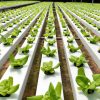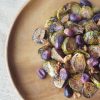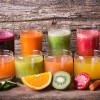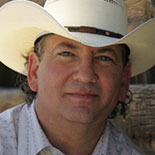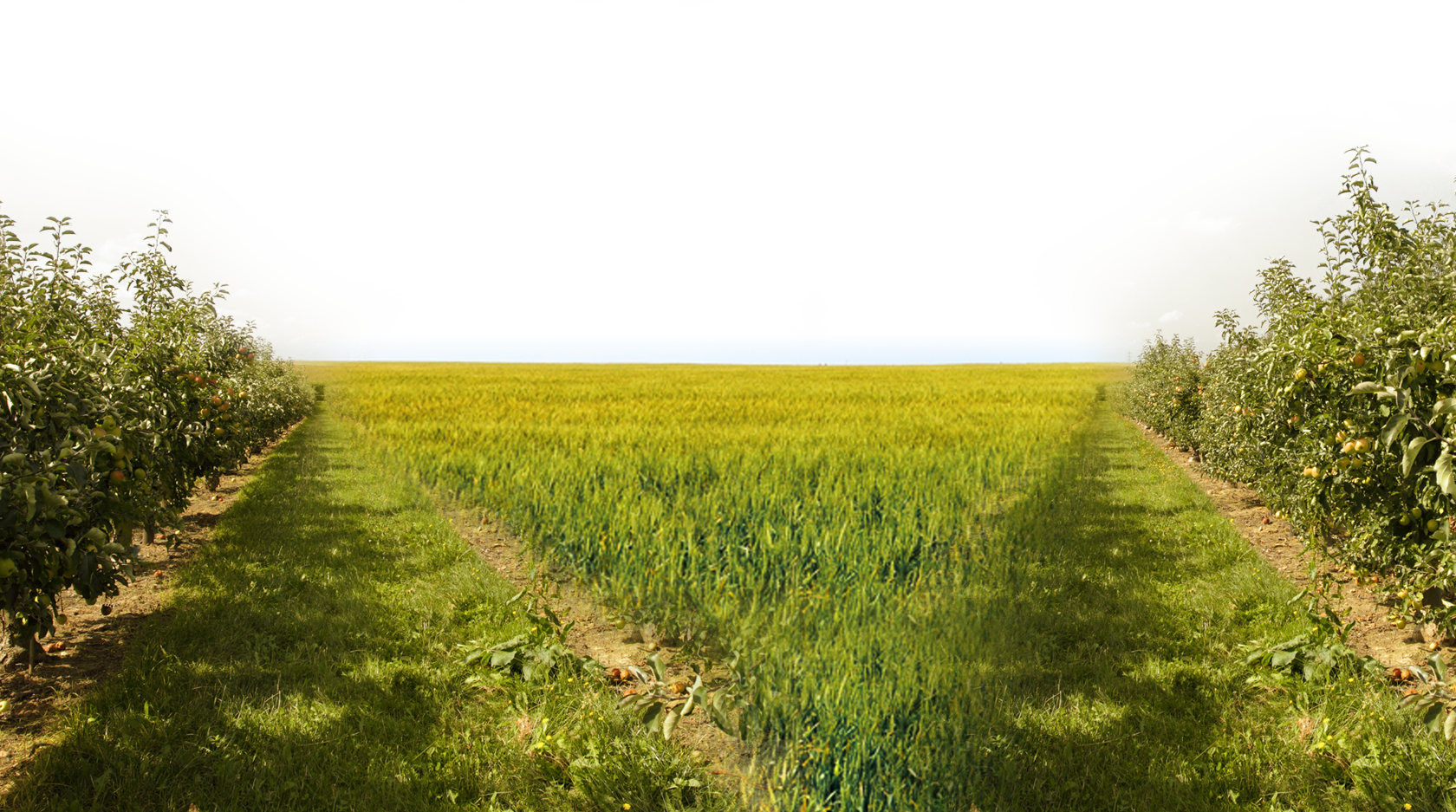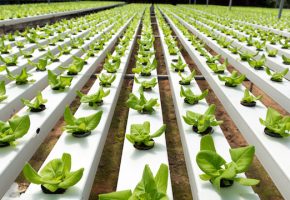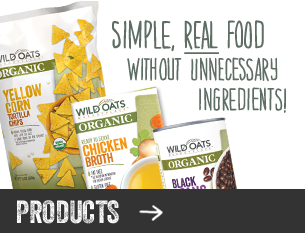
Artificial colors: The bad-news hues
By Linda Bonvie | 0 Comments | Posted 10/23/2014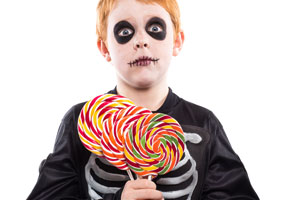
It’s almost Halloween, a time when not only ghosts and monsters come out, but more artificial colors than you can shake a witch’s broomstick at.
These dreadful dyes can be found in all sorts of foods these days, from mac and cheese to granola bars. But it seems like Halloween is when even the most conscientious of parents let down their guard on bad-ingredient treats.
So here’s why you shouldn’t. And why you need to carefully check products all year round for what should really be called the bad-news hues.
There are just too many kids today who have been labeled with attention deficit hyperactivity disorder, or ADHD. Think about it. This affliction was practically unheard of just a few decades ago.
One very likely reason could be all the additives kids are ingesting in meals and snacks – and especially artificial colors.
Studies have shown that these cosmetic additives, which are often petroleum-based, can cause the exact symptoms exhibited by children diagnosed with ADHD.
In fact, the Food and Drug Administration recently estimated that four of these synthetic dyes in food products are being routinely consumed by at least 96 percent of those from two to five years old.
So, is that anything that should especially concern parents whose kids often pester them for the latest brightly colored “fruit” snack in the supermarket?
Well, consider this: Recently, the American Academy of Pediatricians was forced to acknowledge that there is indeed a link between artificial colors and ADHD and to recommend parents try removing them from the diet of a child who suffers from the condition. That came about as the result of a study published in the British medical journal The Lancet, which concluded that such dyes increased hyperactivity in children.
And even before that, the Yale University Department of Pediatric Neurology, in feeding baby rats amounts of these additives that would be equivalent to what kids get in the “real world,” caused the animals to become hyperactive and exhibit diminished learning ability.
But ADHD isn’t the only potential problem that feeding kids foods laced with these fake coloring agents might lead to. There are other health issues that researchers have associated with those four most common ones cited by the FDA:
- Red dye No. 40 (derived from petroleum) can cause various allergic reactions, such as hives and swelling around the mouth, and is also a suspected carcinogen.
- Yellow No. 5, or tartrazine, and may cause allergic reactions and migraines.
- Yellow No. 6, or sunset yellow, can result in gastrointestinal problems, migraines and nettle rash, and can cause the skin to swell. It is also a suspected carcinogen.
- Blue No. 1, also known as brilliant blue, has been known to bring on asthma attacks and cause low blood pressure, as well as hives and other allergic reactions.
The dangers of these artificial colors actually give another benefit to organic food – because you won’t find any of these fake colors in them.
Another place they won’t be found is in any Wild Oats products. Artificial colors are also on the list of 125 unwanted ingredients, or “No-No’s.”


 Contact us
Contact us






